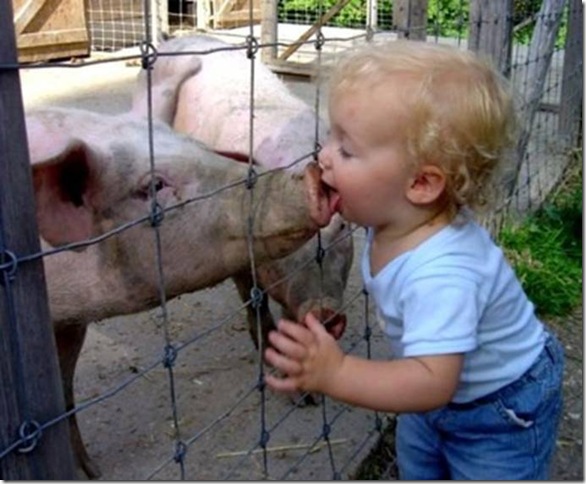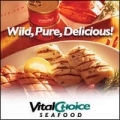 Print This Post
Print This Post
Wellness Club Health Research Team Finds Swine Flu ‘Ground Zero’!
Written by Wellness Club on May 27, 2009 – 10:00 pm -By Nurse Mark
As predicted in our last HealthBeat Newsletter, the Swine Flu that had the W.H.O., the government, Big Pharma, and the press all in a tizzy has turned out to be not much more than any other flu – some people are getting sick with it, just as some people get sick with any other flu. Some of those people who are unfortunate to have other serious health conditions that affect them and make them at higher risk have succumbed – but tragic as that is, it is a fact of life that for some poor individuals death can result from infections that you or I might consider an annoyance at best. We extend our sympathies to the families of those who have succumbed to complications of this, and all flu infections.
It seems that for the press at least, Swine Flu has been pushed aside by more pressing matters: Mr. Obama is feuding with Mr. Cheney, Ms Pelosi is doing her best to be unavailable to anyone who might ask her about her about her comments regarding the CIA, the North Koreans are rattling their nuclear saber, Mr. Obama has given the press his Supreme Court nominee to fuss over – all these things are far more titillating to our "fourth estate", the press, than what has turned out to be a relatively minor outbreak of influenza.
Still, our researchers here at The Wellness Club have been, and will continue to be hard at work on this issue on your behalf. Our team has been scouring the globe, seeking clues that can help us to better understand illnesses such as this for with increased understanding comes improved ability to prevent and treat future outbreaks of these frightening illnesses.
One of the more perplexing questions with regard to this outbreak concerns it’s origins – for while we know that many of the initial cases were reported to have been from Mexico there is still the question of how this virus managed to make the jump from the animals that it usually infects to humans, who are not normally bothered much by animal diseases. Many theories have been postulated, and our research team has diligently examined them all – mutations of common viruses, man-made viruses, experimental release of weaponized viruses, lab accidents, contaminants arriving from outer space in UFOs, all these possibilities have been looked at here.
In the course of all this research our team has uncovered compelling evidence, even proof, some team members believe, that we have found what may be "Ground-Zero" for this outbreak. Indeed, one of our most dedicated research associates has been able to provide us with photographic evidence that seems to us to be irrefutable.
Since we doubt that the press will be very likely to perform the public service of keeping you informed by passing along this photograph, we are presenting it here. Please be warned, this is a graphic image, and may not be suitable for those possessed of a weak stomach…
Please scroll down to view the evidence of swine flu transmission from animal to human.
↓
↓
↓
Photographic evidence demonstrating the dangers of uncontrolled and unmonitored interaction between humans and farm animals – shocking!
↓
↓
↓
GOTCHA!
Related Posts
 Print This Post
Print This Post

Posted in Funnies | Comments Off on Wellness Club Health Research Team Finds Swine Flu ‘Ground Zero’!





































